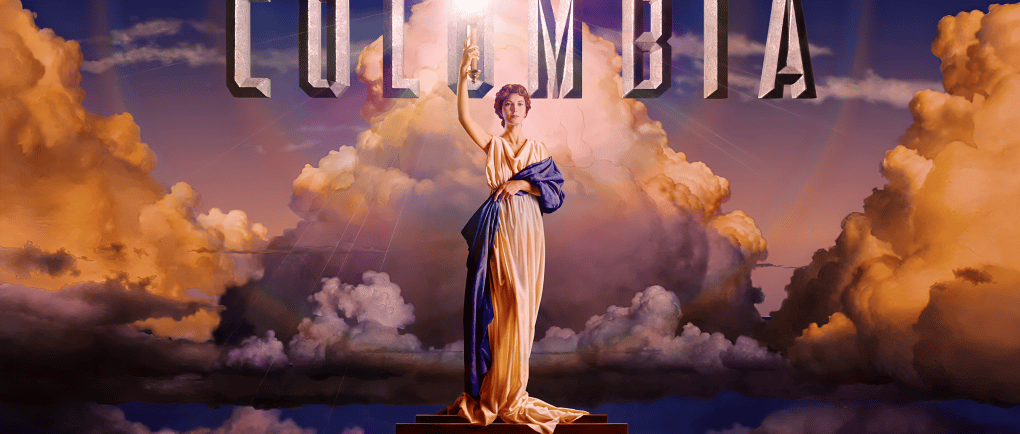Jenny Joseph and the Columbia Pictures Logo
When Columbia Pictures updated its studio logo in the early 1990s, the “Torch Lady” – a woman in a toga holding a torch – was modeled by Jenny Joseph, a 28-year-old newspaper artist from New Orleans. This post tells the story of how Joseph was recruited for a one-time photoshoot, how artist Michael Deas used the photos to paint Columbia’s iconic logo, and why this image has endured as a hallmark of Hollywood branding. It also traces the logo’s evolution from its 1920s origins to today’s version.
NEWSIMPOSSIBLEMOTIVATION
Thrivevision
6/3/20252 min read


Columbia’s Torch Lady: A Logo History
For over a century, Columbia Pictures has branded itself with a female figure bearing a raised torch – a personification of “Columbia,” an allegory of the United States. Early Columbia logos (starting in 1924) featured Roman attire and symbols, evolving into the now‑famous draped flag and torch design by 1928. Subsequent redesigns in 1936, 1976 and 1981 kept the torch motif while modernizing the style. The Columbia logo, often compared to the Statue of Liberty, has changed at least five major times, but it always signals liberty and imagination. By the 1990s, Columbia wanted to refresh the image with a classic, realistic look – and that led them to Jenny Joseph.
In July 1991, Kathy Anderson – a Pulitzer Prize–winning photographer for a New Orleans newspaper – agreed to shoot reference photos for artist Michael J. Deas. Anderson set up a simple studio in her New Orleans apartment with a gray backdrop and a few props (sheets of fabric, an American flag, and a small lamp as a “torch”). She asked her coworker, Jenny Joseph – a 28-year-old page designer – to model during a lunch break. Joseph had never modeled before (and, as it happened, never modeled again). In the shoot, she posed wrapped in cloth as if wearing a toga, holding up the lamp as a stand-in for the torch. Midway through the session, Joseph surprised everyone by revealing she had just discovered she was pregnant – a personal moment amid the creative chaos. At the time, neither Joseph nor Anderson expected Columbia to actually use the photo on screen; Anderson later recalled being amazed when she first saw the logo in a theater.
After the shoot, Michael Deas took the winning image and painted the new Columbia logo. He kept Joseph’s graceful pose and the torch and draped fabric, but refined the figure: the Torch Lady was made taller, slimmer, with lighter, curlier hair and a softer light from the torch. Notably, Deas did not use Joseph’s actual face in the final painting; he composed a “composite” face from multiple features to give Columbia a timeless, idealized look. The new torch-bearing figure debuted on TV in 1992 and in movies by 1993. Columbia’s archives note that Joseph, a graphic artist who was 28 (and newly pregnant) at the time, helped inspire the image.
Legacy of the Torch Lady
Decades later, the Deas painting – and Joseph’s likeness – live on in theaters worldwide. The Torch Lady closed Columbia’s 75th-anniversary VHS promos with a “75” logo, and even hung as art in New Orleans’s Ogden Museum of Southern Art in 2012. The photo shoot itself has become legendary: Kathy Anderson says the image “took on a life of its own” and remains famous long after its creation. Joseph laughs about the attention: she notes that now her daughter can “claim she was there too,” calling the shoot a fun trivia fact.
By contrast with other studio logos that have come and gone, Columbia’s Torch Lady endures. It appears at the start of countless films, a reassuring symbol of Hollywood’s golden age updated for the modern era. As media outlets have recounted the backstory, they emphasize that neither model nor photographer imagined their work would become so iconic. Today Columbia’s logo – a descendant of designs from 1924 and 1936 – remains a touchstone of cinematic branding, thanks in part to an impromptu New Orleans photoshoot and the ordinary woman, Jenny Joseph, who posed for it.
Inspiration
Explore success stories and motivational journeys today.
Growth
Vision
© 2025. All rights reserved.
